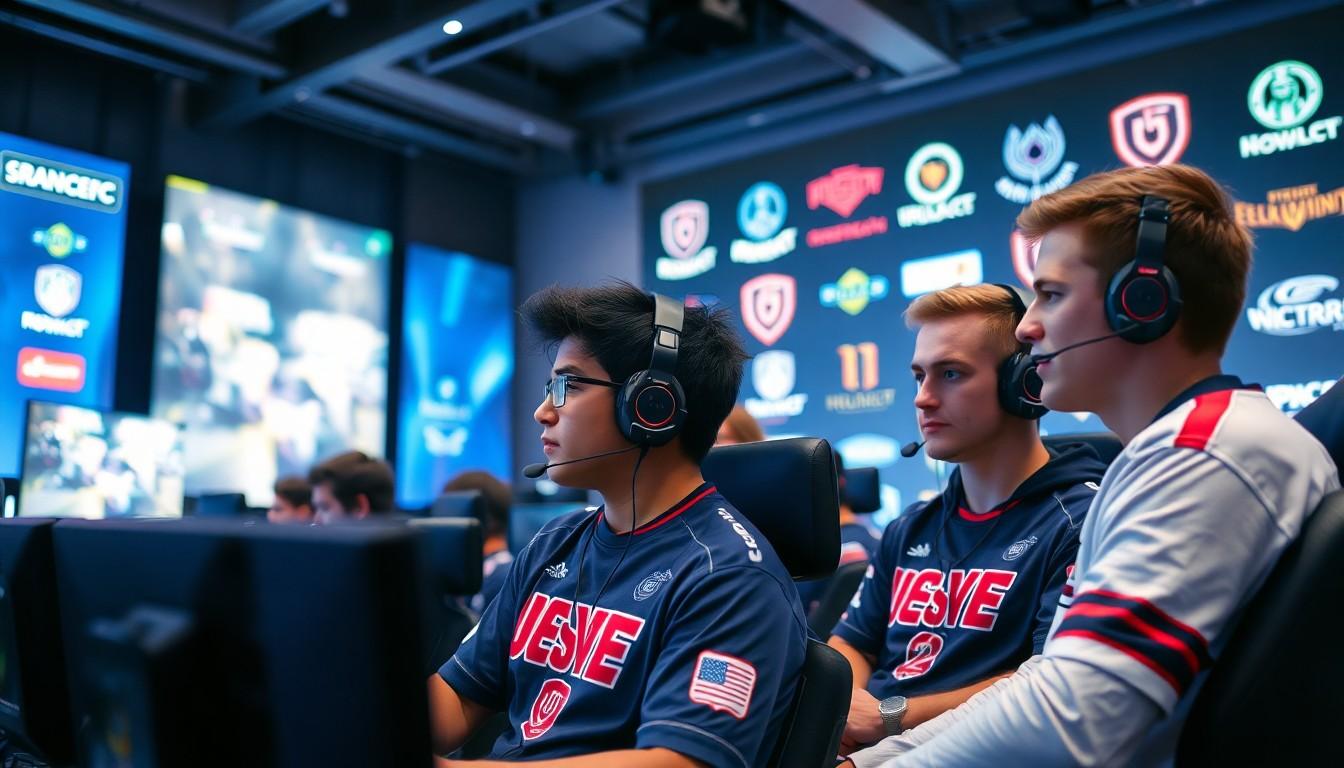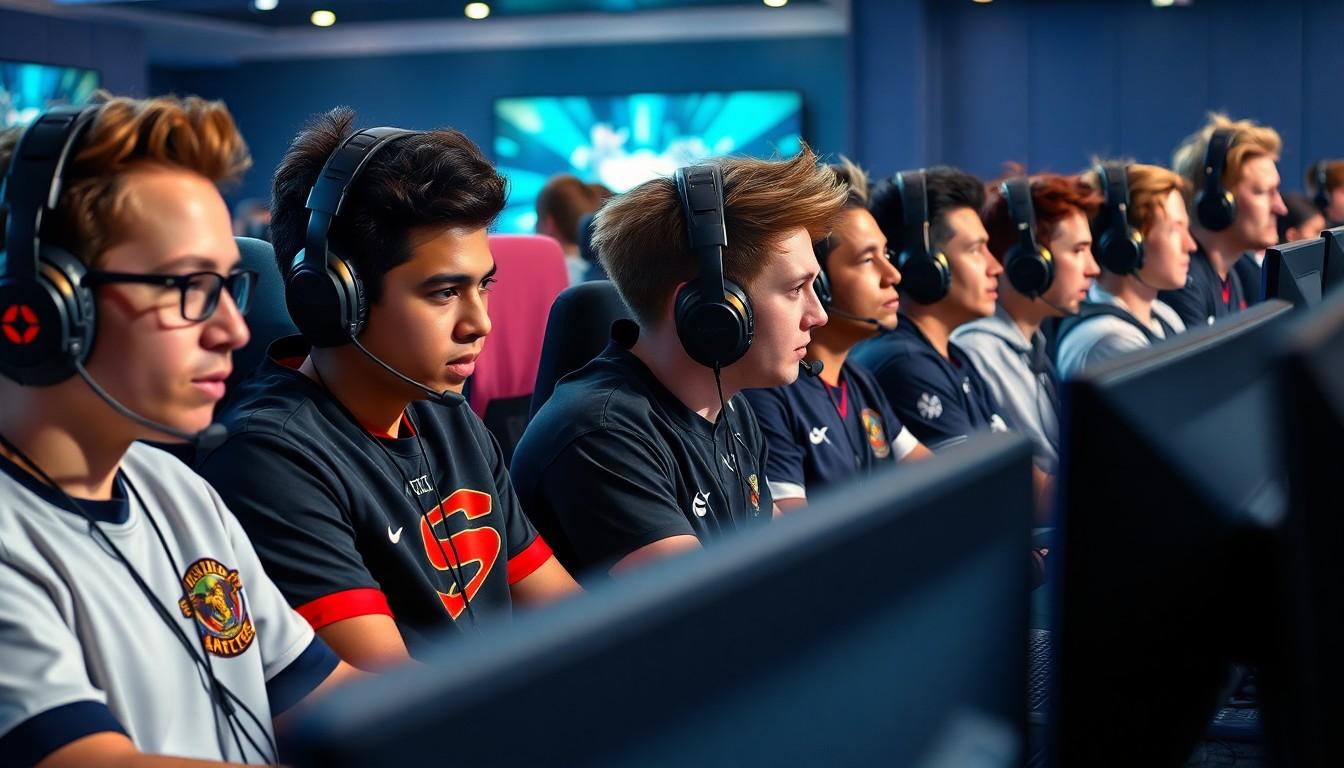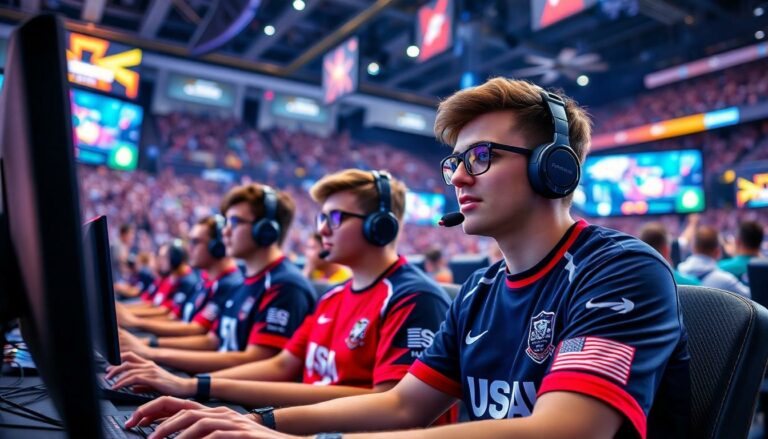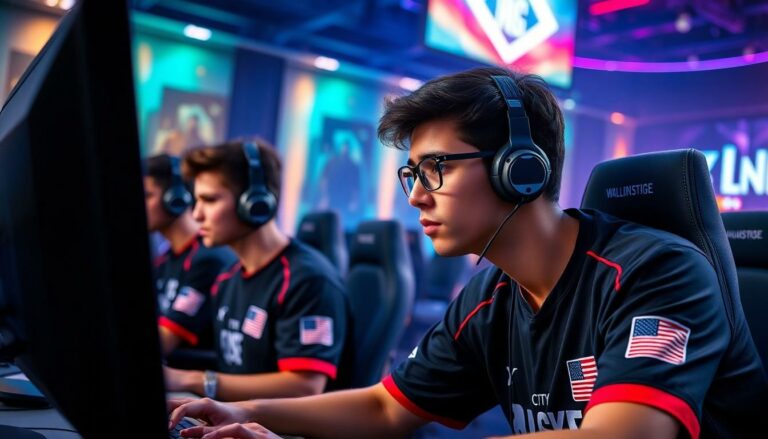In the fast-paced world of esports, where pixels fly and adrenaline pumps, one question looms large: how do these digital gladiators make their coin? It’s not just about glory and bragging rights; there’s real cash on the line. From flashy sponsorships to the thrill of tournament winnings, esports teams have cracked the code to turning gaming into a lucrative business.
How Do Esports Teams Make Money
Esports teams generate revenue through multiple channels. Sponsorships provide significant financial support. Brands partner with teams to promote their products, resulting in mutually beneficial agreements. Tournament winnings also contribute to the financial landscape. Teams compete in events offering cash prizes, enhancing their income potential.
Merchandising forms another key revenue source. Fans purchase team-branded apparel and accessories. Popular teams often report substantial sales from merchandise, helping solidify their brand presence. Media rights play an essential role as well. Networks pay for the rights to broadcast tournaments, ensuring teams earn from viewership.
Advertising generates additional revenue for esports teams. As digital platforms grow, advertising opportunities within streams and videos expand. Streaming platforms share a portion of ad revenue, creating profit avenues for teams. Additionally, subscription models offer consistent cash flow. Fans subscribe for exclusive content, contributing to team finances.
Finally, in-game purchases also add to revenue. Some teams earn a percentage from sales of virtual items within games. Collaborations between teams and game developers often lead to unique in-game merchandise.
By leveraging diverse income streams, esports teams establish a robust financial foundation. Each revenue source combines to create a sustainable business model. As the esports industry expands, these financial strategies will adapt, continuing to drive profitability.
Sponsorship Deals

Sponsorship deals play a critical role in the financial success of esports teams. They create partnerships that benefit both the teams and brands.
Types of Sponsorships
Sponsorships can take various forms, including team sponsorships, event sponsorships, and product placements. Team sponsorships involve brands providing financial or product support to specific esports squads. Event sponsorships occur when companies back tournaments, gaining exposure through branding and promotions. Product placements enable brands to showcase their goods within games or during live streams, generating visibility. Another model includes influencer marketing, where popular gamers endorse products, attracting large audiences. Each of these types contributes uniquely to revenue generation.
Benefits for Sponsors
Sponsors gain several advantages by investing in esports teams. Reaching a highly engaged audience is a primary benefit, as millions of fans follow competitive gaming. Brands also enhance their visibility by associating with well-known teams, leading to increased brand loyalty. In addition, sponsors access valuable data regarding audience demographics and preferences, enabling them to tailor their marketing strategies effectively. Associating with winning teams can enhance a sponsor’s reputation and credibility in the market. This accessibility to diverse channels amplifies the potential for brand engagement and consumer interaction.
Prize Money and Tournaments
Prize money and tournaments play a crucial role in the revenue generation of esports teams. Major esports events frequently attract large audiences, resulting in significant cash prizes for top-performing teams.
Major Tournaments and Their Impact
Major tournaments like The International and League of Legends World Championship often feature prize pools exceeding $30 million. High-stakes competitions attract worldwide attention, with millions of viewers tuning in to watch the action. Teams that perform well can gain not only financial rewards but also enhance their visibility and credibility in the esports scene. Success in these tournaments positions teams as leaders within the industry, drawing interest from sponsors and expanding their fan base.
Distribution of Prize Money
The distribution of prize money varies by tournament structure. For example, many tournaments allocate a certain percentage to the top-ranking teams, with first place often receiving over 40% of the total pool. Additionally, a tiered system may distribute rewards to the top eight or even top sixteen teams, ensuring multiple participants benefit financially. Transparency in prize distribution maintains competitiveness and drives teams to perform at their best. Significant earnings from these competitions reinforce the importance of strategic gameplay and teamwork.
Merchandise Sales
Merchandise sales represent a significant revenue stream for esports teams, allowing them to engage with fans and promote their brand.
Popular Merchandise Types
Teams frequently offer a range of popular merchandise types. Apparel, such as jerseys and hoodies, tops the list, often featuring team logos and colors. Accessories, including hats and wristbands, also attract fans looking to showcase their support. Collectibles, like action figures and gaming gear, appeal to the dedicated fan base as well. These items often serve as tangible connections to teams, enhancing fan loyalty.
Impact on Team Branding
Merchandise sales greatly influence team branding and visibility. When fans wear team gear, it creates a sense of community and identity among supporters. Increased visibility on social media and at events leads to greater recognition. Fans participating in merchandise sales contribute to the larger narrative of the team’s success and culture. Unique designs can differentiate a team in a competitive market, helping attract new followers. As merchandise circulates, it continuously reinforces brand loyalty and expands influence within the esports ecosystem.
Streaming and Content Creation
Streaming and content creation serve as vital revenue streams for esports teams, engaging fans through immersive experiences. Teams often showcase gameplay, behind-the-scenes content, and player interactions on digital platforms.
Platforms Used
Twitch dominates the streaming landscape, hosting millions of users and providing a reliable platform for esports teams. YouTube offers an alternative by allowing teams to upload recorded highlights, tutorials, and vlogs. Facebook Gaming emerges as a growing competitor, thanks to its integration with existing social media and user base. Other platforms like Trovo and Mixer (though defunct) have also contributed to diversifying audiences. Each platform serves as a channel to connect with fans, fostering community and engagement.
Revenue Models
Ad revenue forms a substantial portion of income generated from streaming. Teams monetize channels through ads that appear during live broadcasts or video content. Subscription models provide direct income from fans supporting teams via monthly payments for exclusive content. Donations and tips enable viewers to financially support streamers in real-time. Sponsorship deals amplify earnings, as brands pay for visibility during broadcasts. Merchandising also plays a role, as teams promote their products during streams. Each revenue model adapts with changing viewer preferences, underscoring the importance of a versatile approach in this space.
Dynamic Environment
Esports teams have carved out a lucrative niche by diversifying their revenue streams. From sponsorships to tournament winnings and merchandise sales, they’ve built a robust financial ecosystem that thrives on fan engagement. The rise of digital platforms has further amplified their earning potential through streaming and advertising opportunities.
As the esports industry continues to grow, teams are poised to adapt their strategies, ensuring sustained profitability. By leveraging their brand presence and engaging with fans, esports teams not only secure financial success but also contribute to the overall expansion of the gaming landscape. The future looks bright for those who navigate this dynamic environment effectively.







